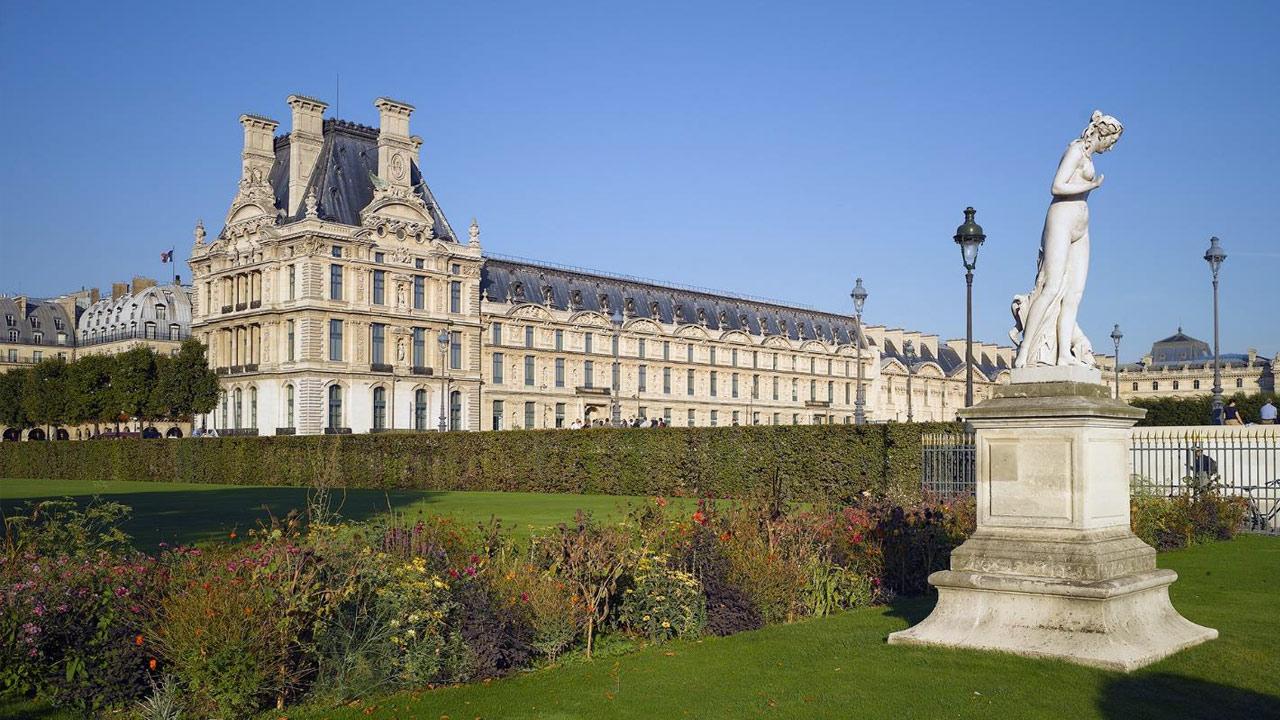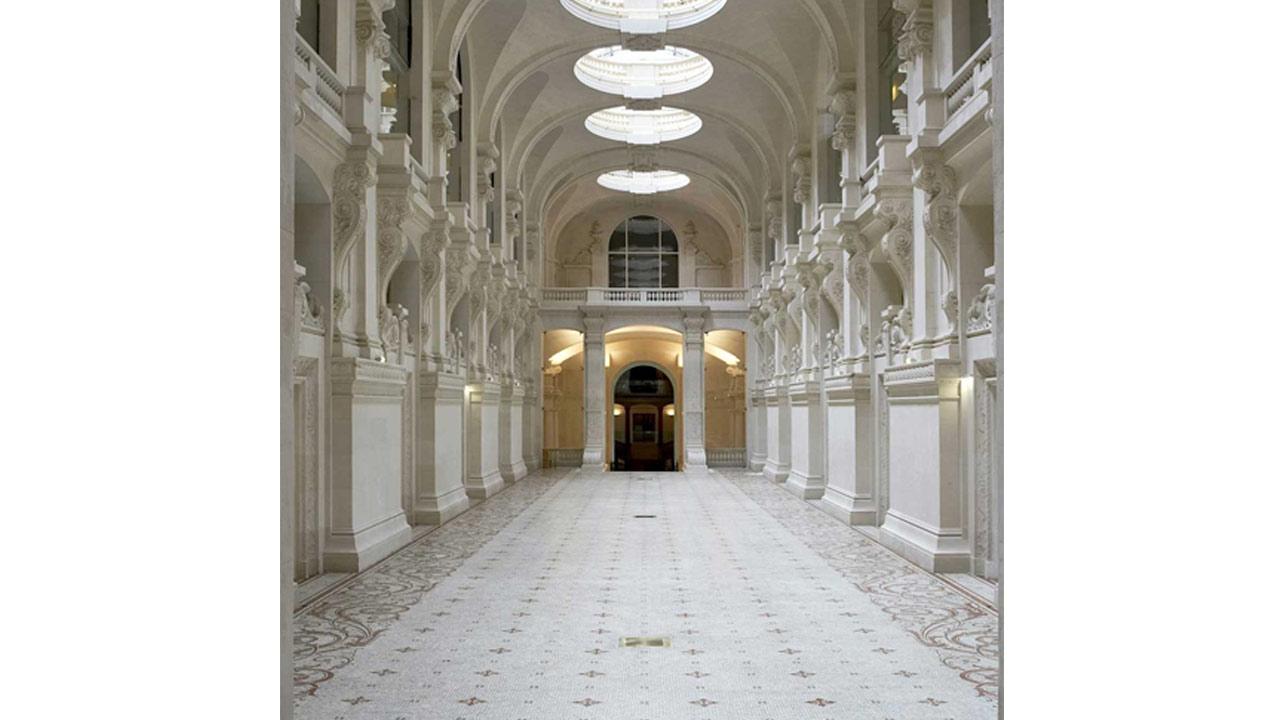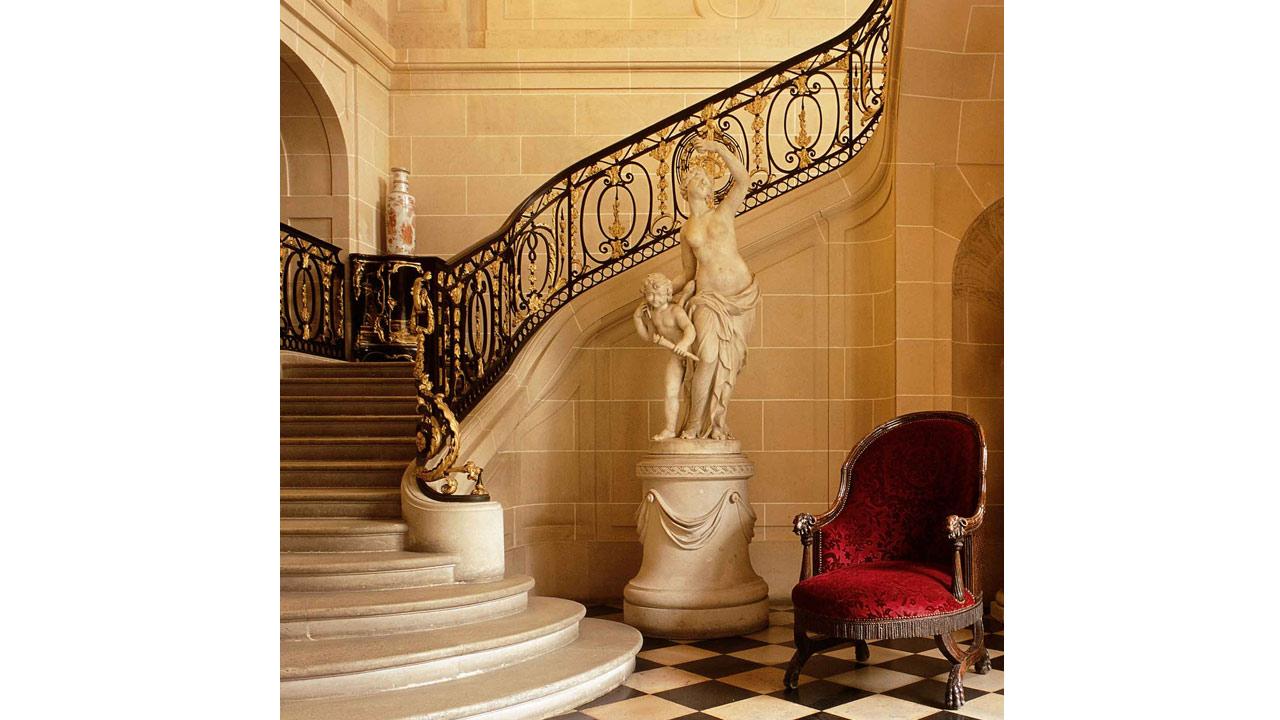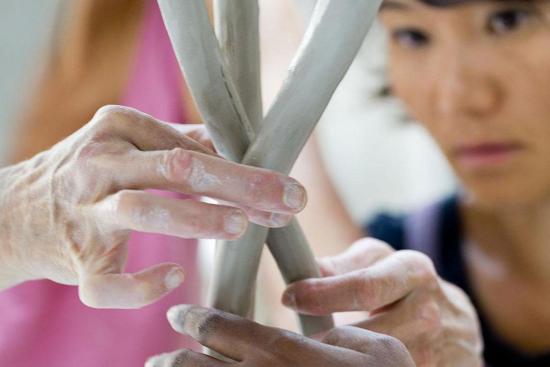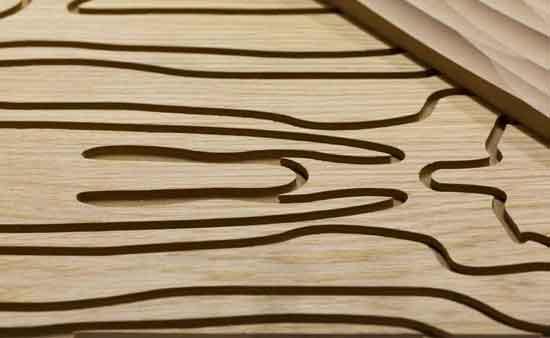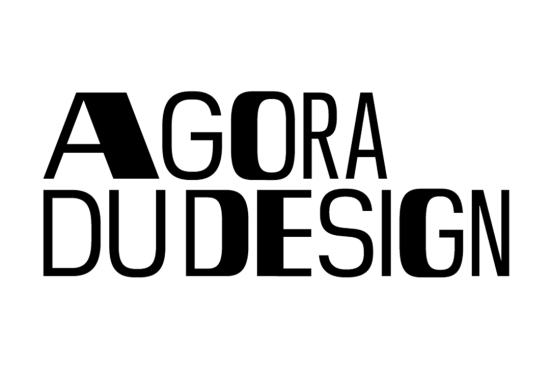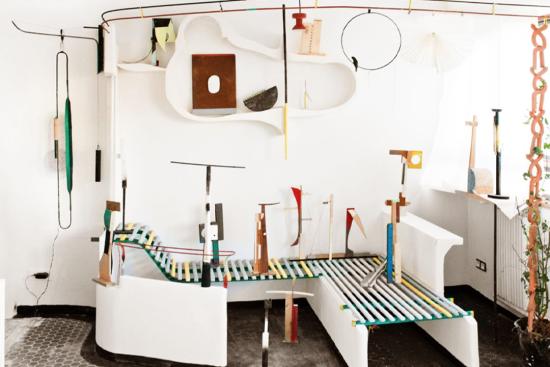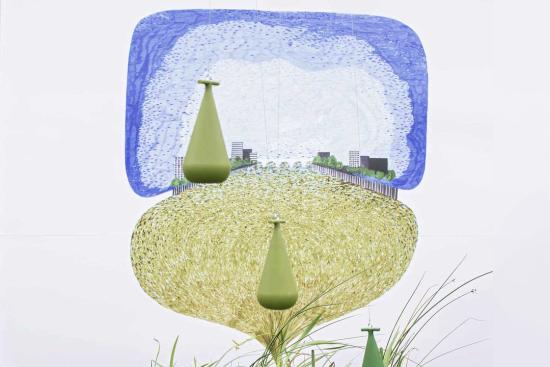The Union Centrale des Arts Décoratifs (UCAD) was founded in 1882, by a group of designers and industrialists wishing to promote the “beauty and usefulness” of the applied arts, in opposition to the prevailing – and wholly reductive – distinction between the “minor arts” used in everyday decor and the “major arts” of sculpture, painting and architecture.
In 1905, the UCAD moved to a wing of the Louvre on the Rue de Rivoli. It would spend the rest of the twentieth century enriching its collections and expanding its actions. The institution has become a centre for reflections on our evolving lifestyles, offering permanent exhibitions and a teaching programme. Visitors can thereby choose to discover the works of contemporary designers or to learn more about artistic practices by attending the “Ateliers du Carrousel” workshops. Meanwhile, the institution’s temporary exhibitions each focus on a key figure or theme, as with Philippe Apeloig’s “Typorama” exhibition (2013-2014), an exploration into thirty years of creative output by the graphic designer and typographer, supported by the Foundation. Or with “Animal” (2010-2011), a vast display of 450 items from the museum’s collection across twelve exhibition rooms, each providing a distinct and nuanced insight into the relationship between humans and animals: from fantastical bestiary to advertising messages, caricatures to clothing.
In addition to its ongoing institutional support through the MAD Partners’ Club, and the intermittent funding of such projects, the Fondation d’entreprise Hermès also supported the major “The Bauhaus Spirit” exhibition (2016-2017), as well as the accompanying catalogue. The Foundation’s commitment to the institution is also reflected in its partnership with the Ecole Camondo, where tomorrow’s interior architects and designers are trained as part of the former’s Manufacto programme.
